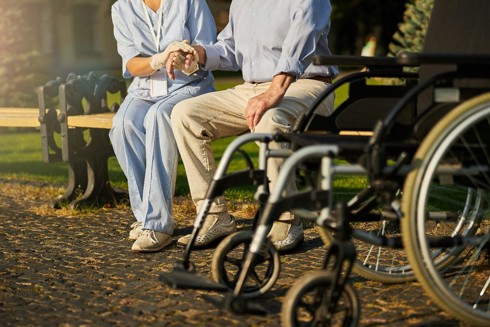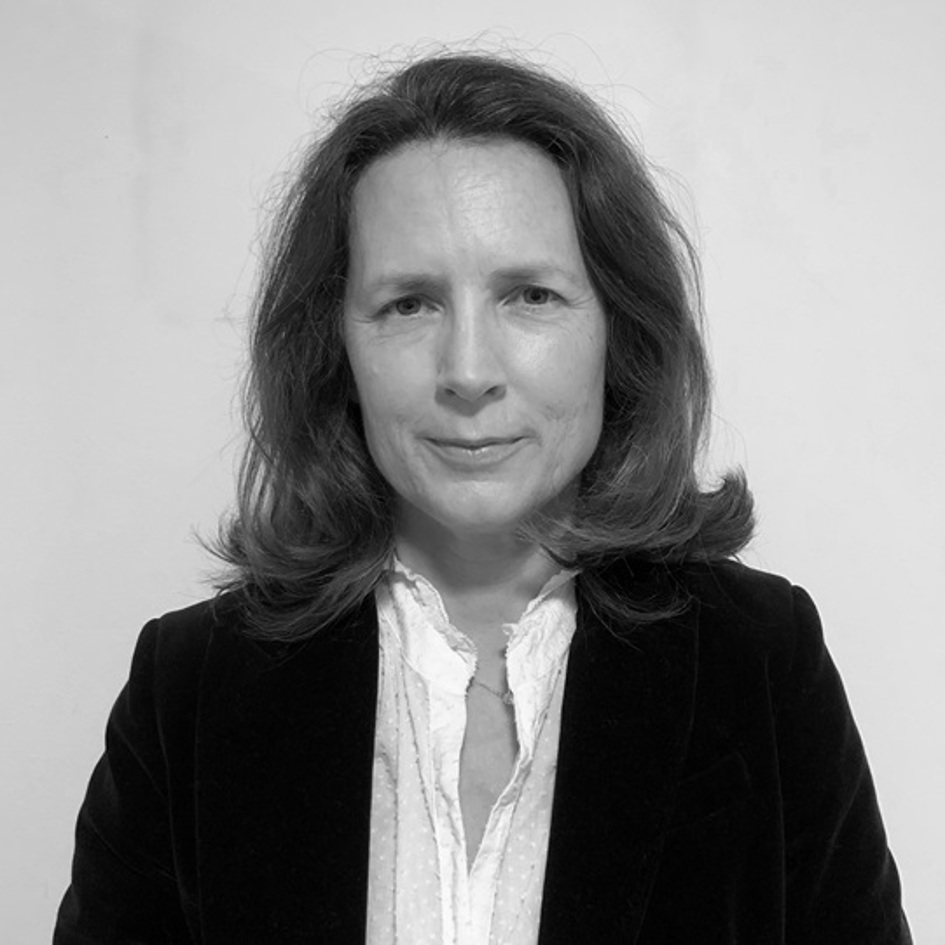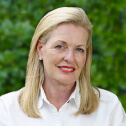Nurses’ unions call for carer to resident ratios – but aged care staffing not just a numbers game
17/01/2024
Nurses’ unions call for carer to resident ratios – but aged care staffing not just a numbers game
The big news for us this week has been the Queensland Nurses Union’s campaign for a registered nurse be rostered on at all times and a carer to resident ratio introduced in our aged care homes.
They argue that we have staffing ratios for childcare – so why not aged care?
Minister for Aged Care Ken Wyatt has promised more “hands-on’’ training for aged care workers – welcome news for residents, families and staff – but the Government is unlikely to push for ratios.
Why?
Staffing ratios are not easy to implement in aged care. Generally providers decide what staff they need on the floor based on the number of beds occupied and the care needs of residents. More residents with dementia or an increase in occupancy will see more nurses on the floor – fewer residents will see less.
The Government is also aware the majority of providers are struggling to find enough staff to meet their current needs, particularly in rural and regional areas.
We often hear stories of providers in country areas stalling new aged care beds or delaying opening new wings because of lack of staff.
Forcing providers to stick to a staffing ratio could force some to close their doors or fail their accreditation – leaving them unable to take in new residents until they are re-accredited.
Aged care to become one of our biggest employers
The fact is aged care is tipped to be one of the most in-demand jobs over the next five years – but it’s also predicted to have the most vacancies thanks to an ageing workforce, lower salaries and demanding roles.
The National Disability Insurance Scheme is also set to expand to over 475,000 clients, creating even more competition for care workers.
Governments are doing more to encourage people to consider aged care as a career. The Victorian Government has just announced it will make a range of TAFE courses, including the Certificate IV in Ageing Support and Diploma of Nursing, free to drive up enrolments.
Not-for-profit provider Royal Freemason’s Benevolent Institution has introduced a program for its workers to become registered nurses – offering workers the chance to progress their career.
Helping workers upgrade their skills is an important step. But there needs to be a national plan for the aged care workforce – so we can ensure residents are being cared for and workers enjoy a rewarding and valued career too.
Last year the Federal Government set up an Aged Care Workforce Taskforce to tackle this challenge. It’s due to report to Minister Wyatt on 30 June – we will be waiting to hear what they say.
https://www.agedcare101.com.au/contributors/annie-donaldson
https://www.agedcare101.com.au/contributors/jill-donaldson-care














